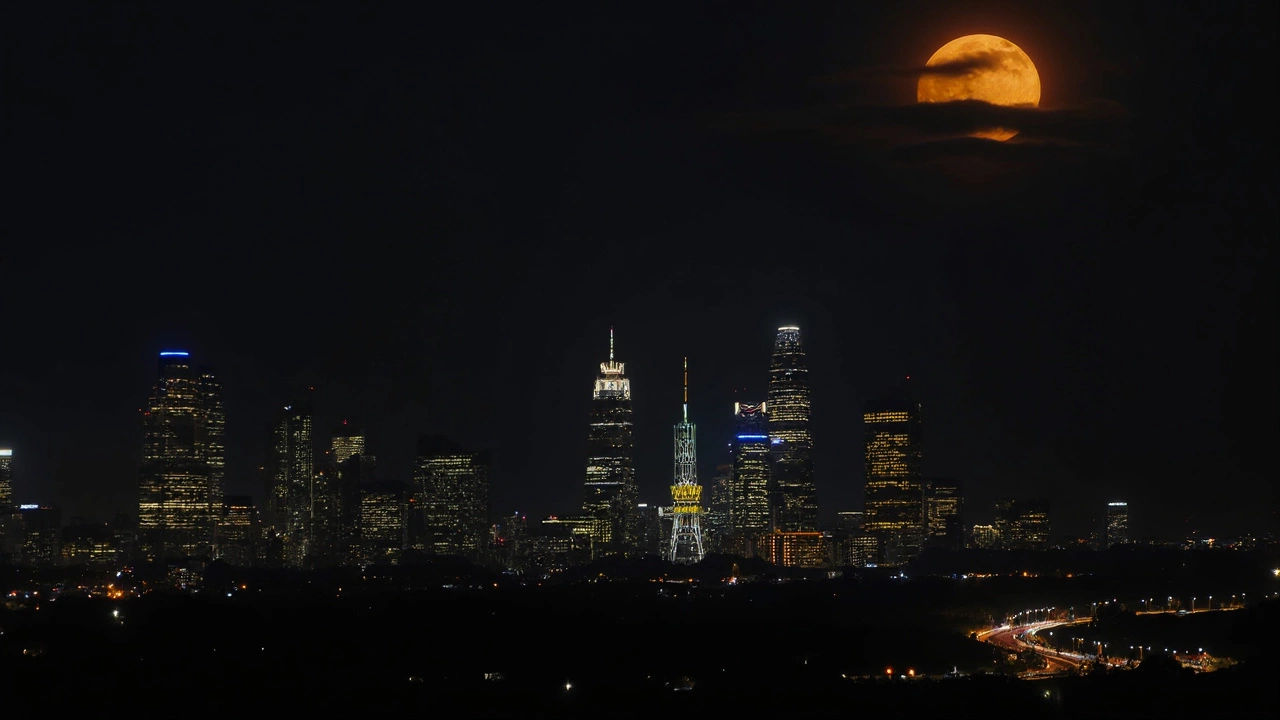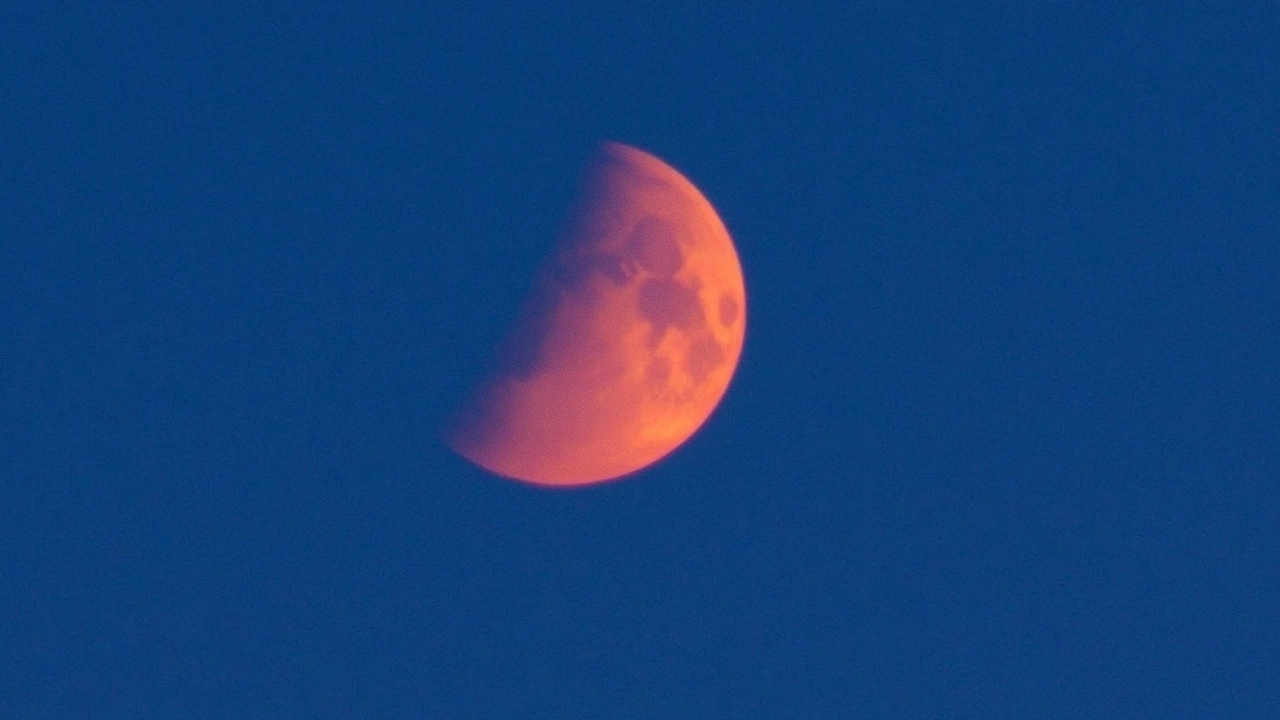Astronomical Highlights: Blood Worm Moon Lunar Eclipse 2025
Mark your calendars for the night between March 13 and 14, 2025, as the grand spectacle of the Blood Worm Moon lunar eclipse graces the skies. This celestial phenomenon, the first total lunar eclipse of 2025, will have stargazers and sky enthusiasts in the Western Hemisphere buzzing with excitement. Regions including North America, South America, Europe, and Africa will witness the Moon dressed in a vivid reddish-orange hue, thanks to the sunlight bending through the Earth's atmosphere.
The event kicks off at 11:56 p.m. EDT, with its most magnificent phase, totality, starting at 2:26 a.m. EDT and carrying on for an impressive 66 minutes. During this period, the Moon will not only take on its striking 'Blood Moon' appearance but also shift between constellations Leo and Virgo, giving viewers a chance to see it align with stellar giants like Regulus and Spica.

Cultural and Astrological Insights
This lunar event isn't just about stunning visuals—it's steeped in cultural and astrological significance. Historically, different cultures have attributed various meanings to lunar eclipses. For the Navajo, such occasions were moments for introspection, perhaps advising us to pause and take stock of our current path. Meanwhile, the BaKongo people believed these celestial events opened channels to communicate with ancestors, adding a spiritual dimension to the event.
Astrologically, the eclipse in Virgo might trigger a desire for personal growth and change. Whether that means clearing out clutter, launching a fresh routine, or tweaking lifestyle habits, it seems the universe nudges us towards self-improvement. The name 'Worm Moon' ties into this as well, symbolizing the awakening of nature in springtime, like earthworms emerging from the soil and reinvigorating the ecosystem.
For those looking to catch a glimpse of this spectacle, no fancy gear is needed. With good fortune and perhaps a flask of your favorite drink, head out to an area free from the blinding lights of urban sprawl. Those located in regions bustling with light pollution can still savor the sight through live streams hosted by NASA and Griffith Observatory. Whether you're an astronomer or just love a good show in the sky, this event promises to be mesmerizing.
